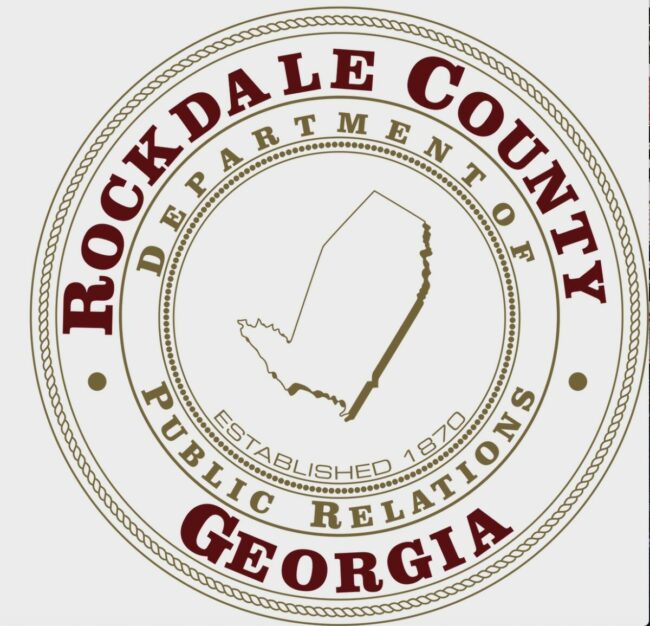ROCKDALE COUNTY, GA– Rockdale County is one of the first jurisdictions in Georgia to have its hazard mitigation plan approved under the Federal Emergency Management Agency’s (FEMA) new guidelines, county officials announced today. Developed collaboratively with the City of Conyers, the plan is a long-term strategy aimed at reducing the community’s vulnerability to natural disasters.
The FEMA-approved plan identifies potential hazards in Rockdale and provides a framework to assist local officials in making informed decisions that could protect lives and property. A crucial aspect of the plan is its focus on implementing mitigation projects throughout the city and county to reduce the impact of future disasters and associated costs.
“Rockdale County EMA is thrilled about this accomplishment. New guidance came out halfway through our planning process, and our wonderful EMA Planner Gerald Woodridge Jr. was able to pivot and adjust our planning process as needed. The Hazard Mitigation Plan is a very important part of how we build resiliency in Rockdale – it outlines our plans for improving infrastructure, engaging with our community, and adding important disaster elements such as storm shelters. Because of this plan, and FEMA’s new guidance, we are in a better position to prepare Rockdale and its citizens for disaster,” said Meredith Barnum, Deputy Director of the Rockdale County Emergency Management Agency.
Historical evidence shows that hazard mitigation planning can significantly reduce a disaster’s physical, financial, and emotional toll on a community. The planning process encourages communities to integrate mitigation strategies into day-to-day decision-making regarding land-use planning, floodplain management, site design, and other activities.
FEMA reviews and approves state, tribal, and local hazard mitigation plans. These plans are required for states and communities to receive certain types of disaster assistance, including funding for mitigation projects. State mitigation plans must be approved every five years, and local and tribal mitigation plans must be approved at least once every five years.

![Validate my RSS feed [Valid RSS]](https://web.archive.org/web/20240108205913im_/https://ocgnews.com/wp-content/uploads/2022/07/valid-rss-rogers.png)


